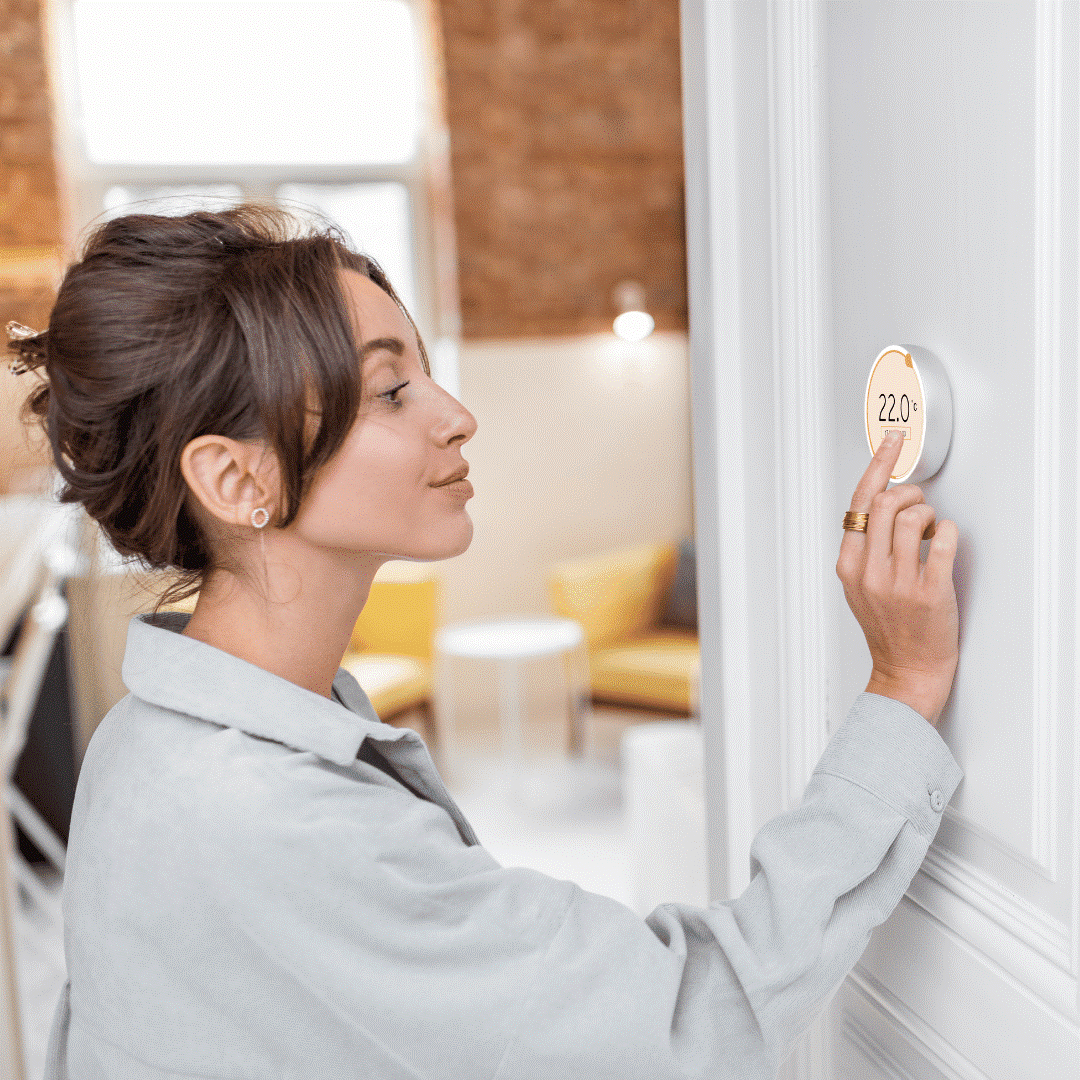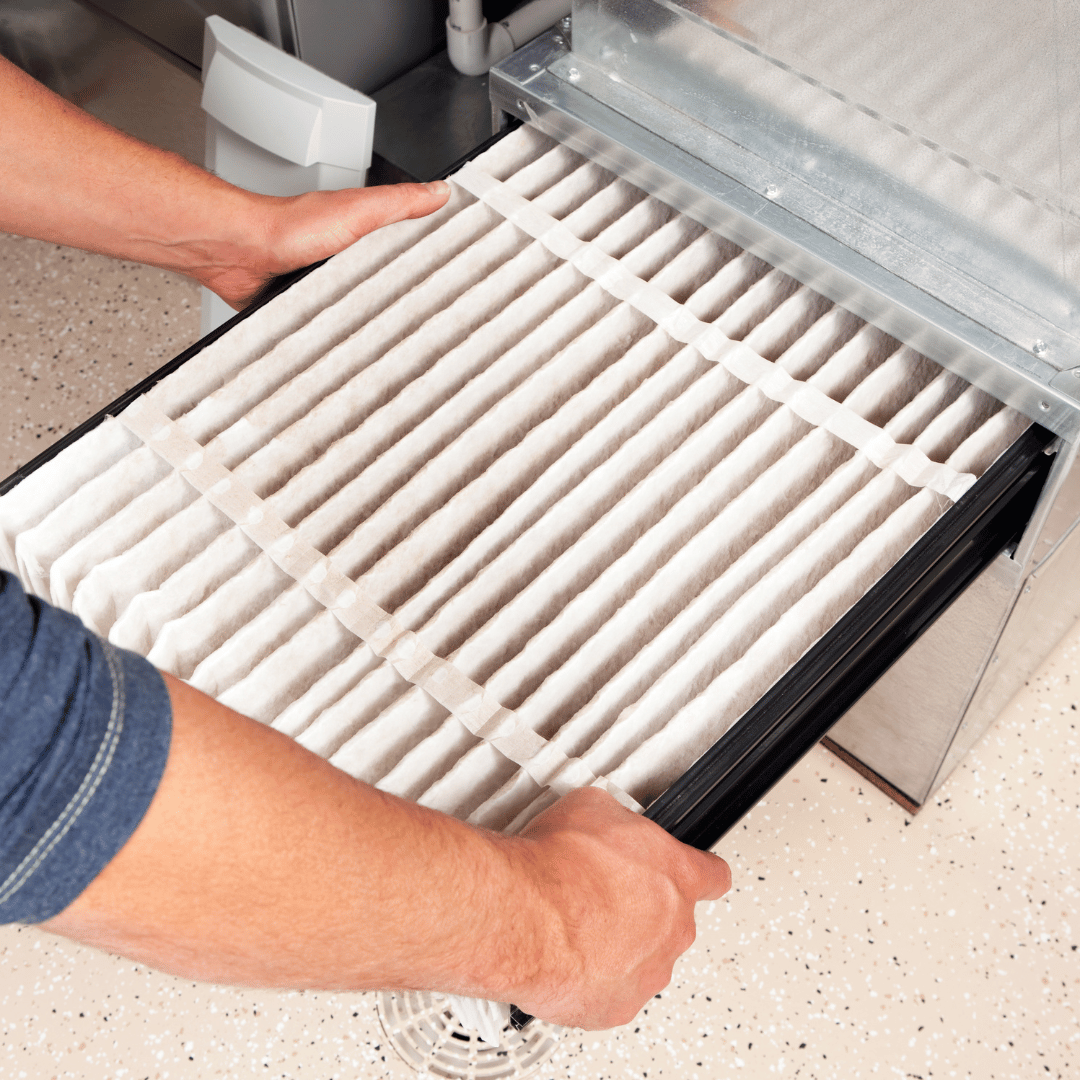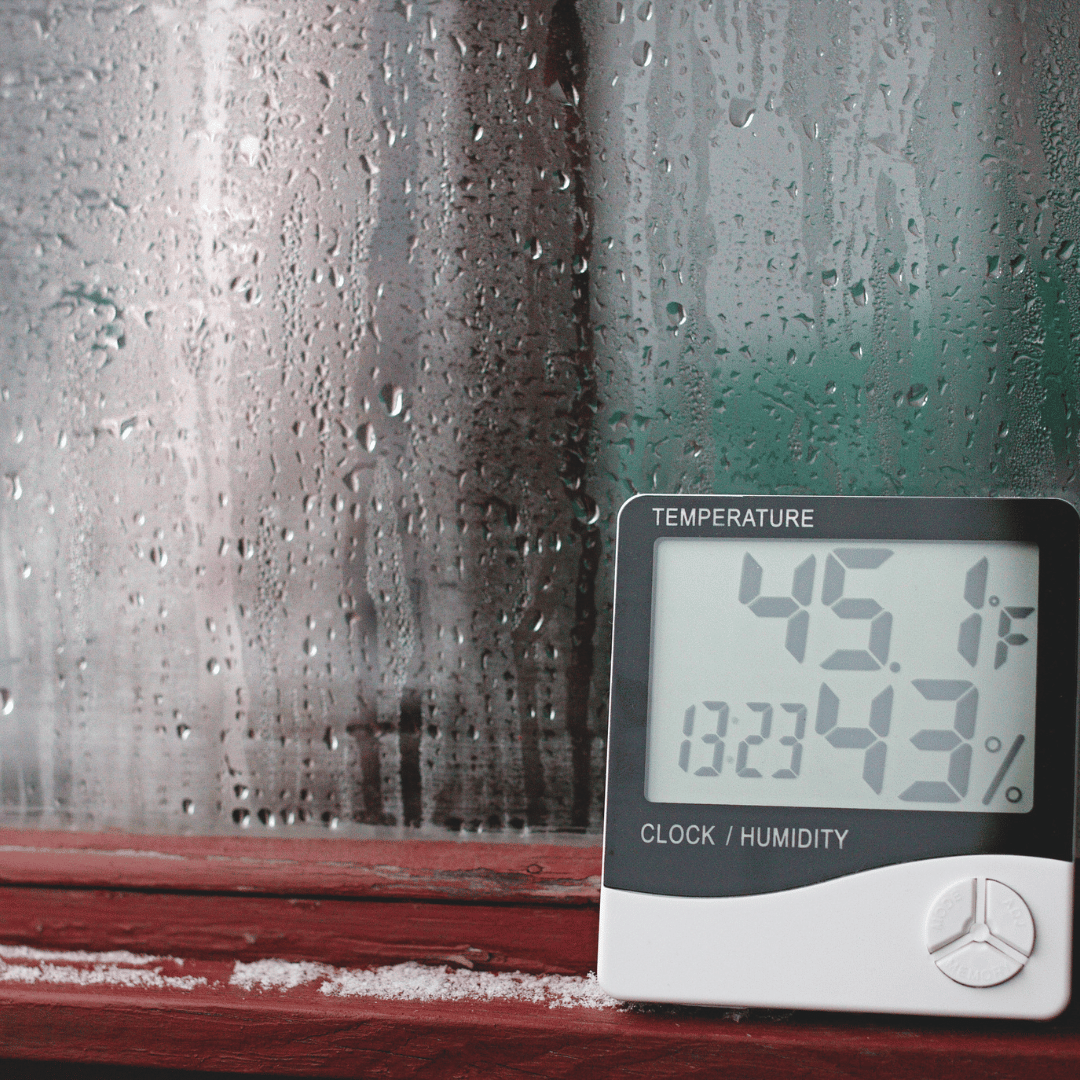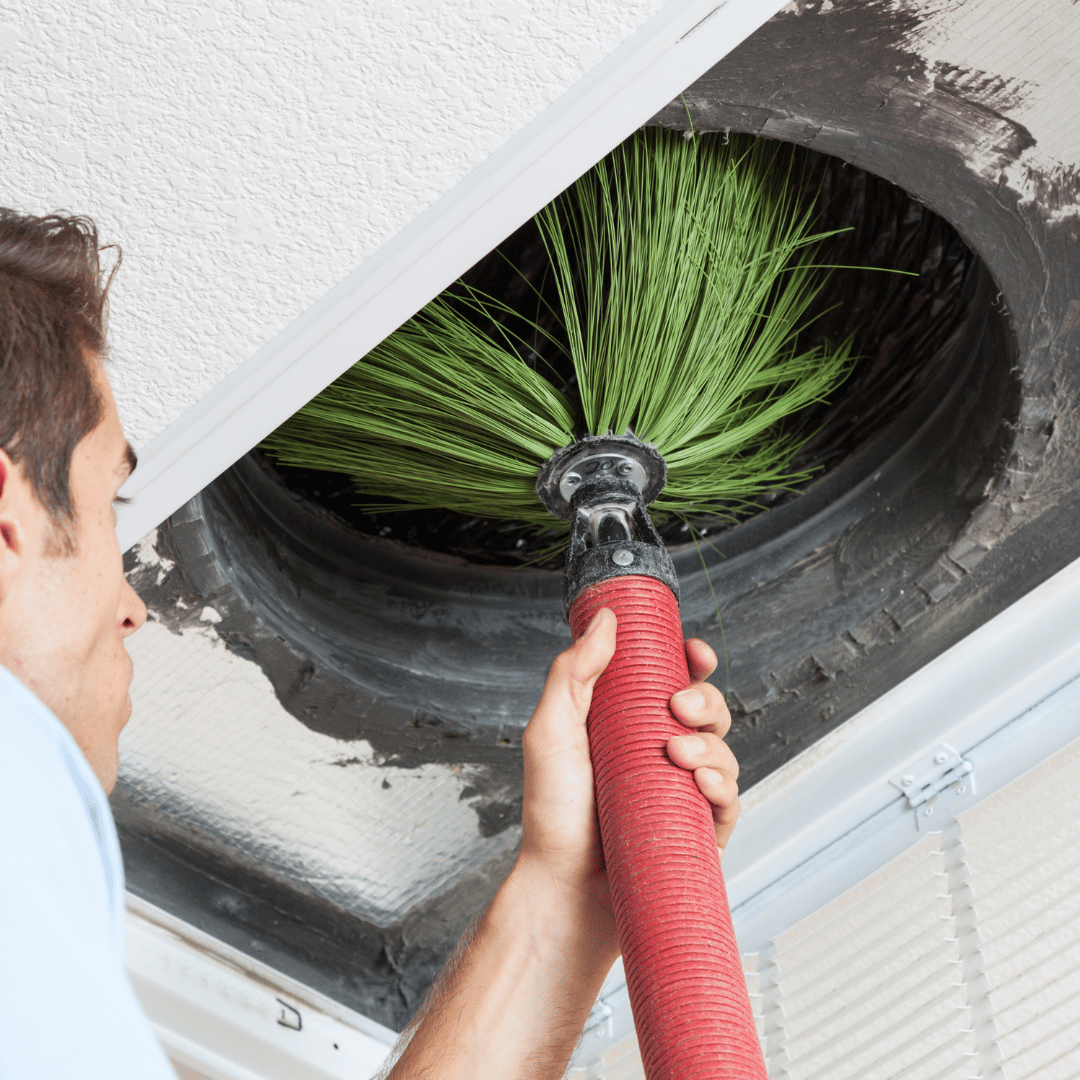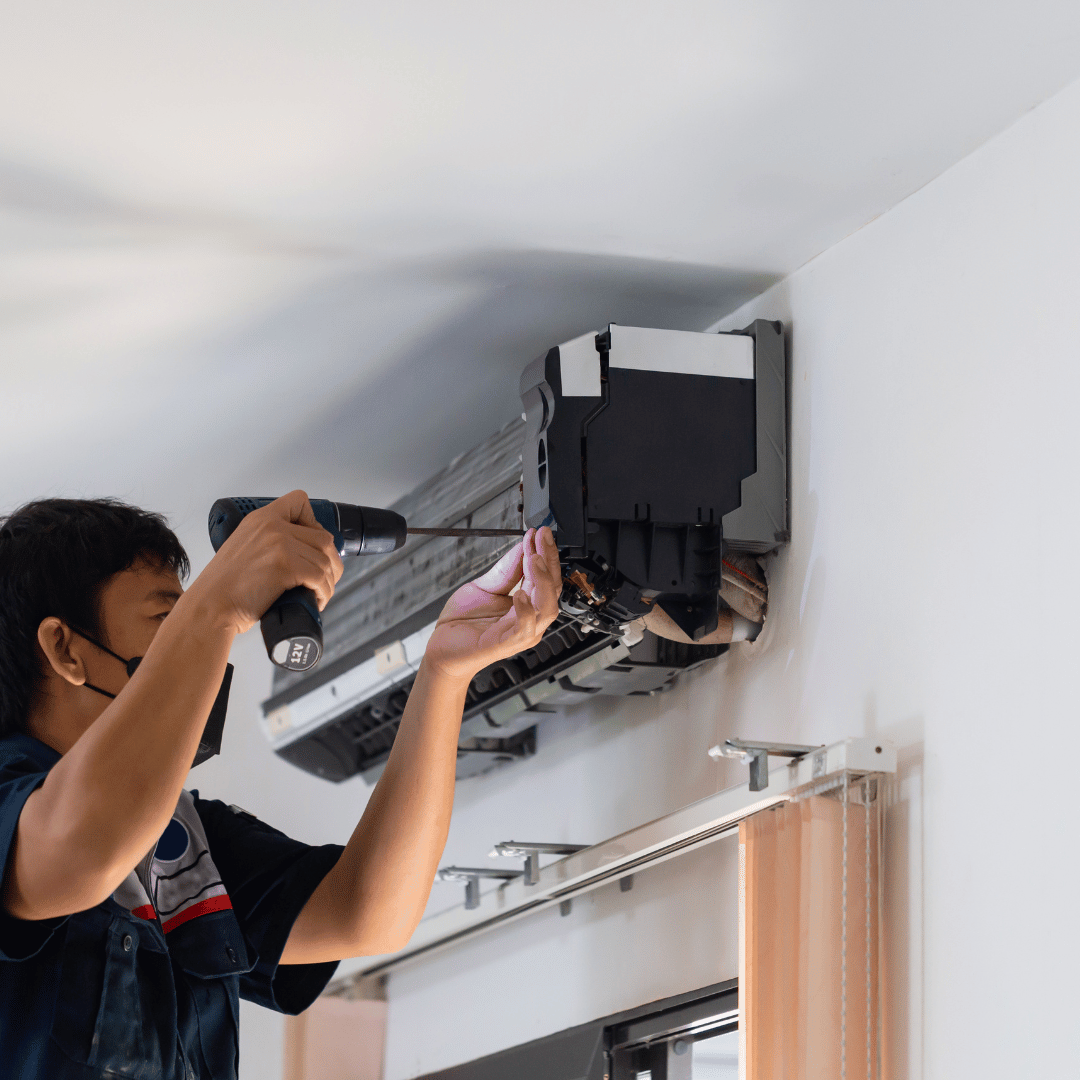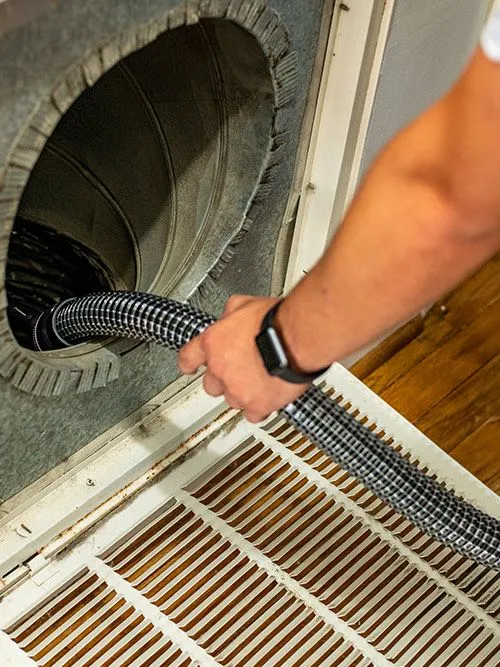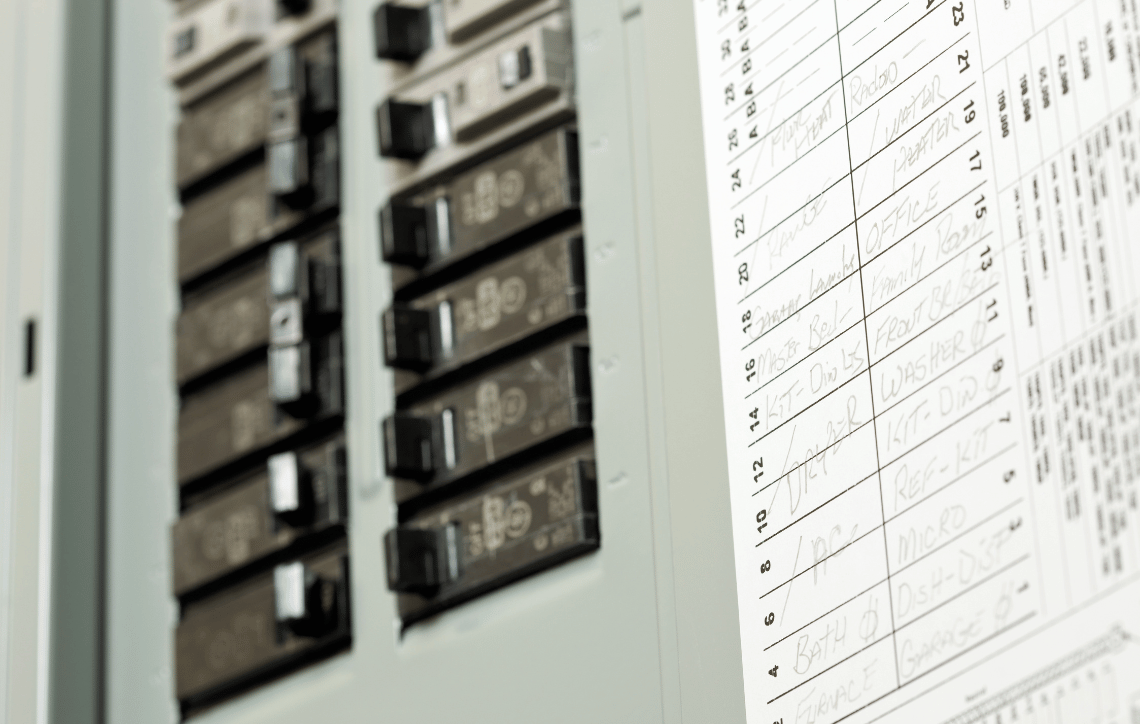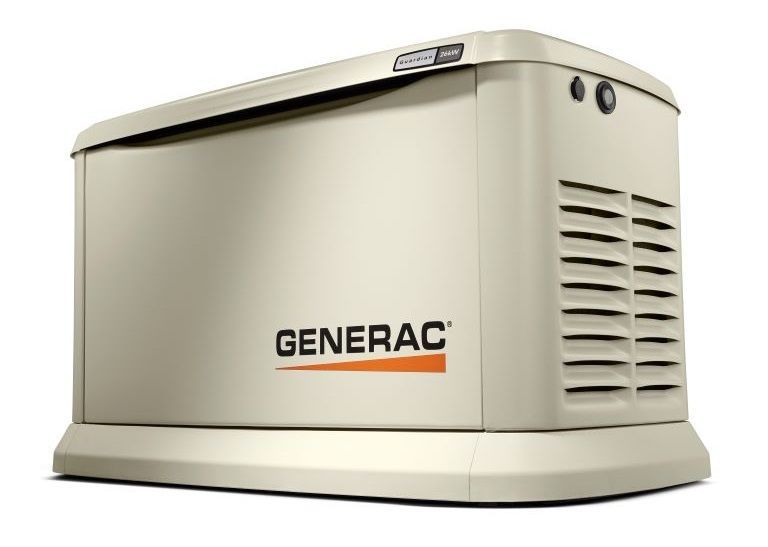December 17, 2024
A frozen heat pump in the colder months can throw off your home’s comfort and energy efficiency, leaving you frustrated and shivering. But don’t worry—understanding why your heat pump freezes and knowing how to tackle it can save you time, stress, and energy bills. Let’s walk through how a heat pump works, what causes ice formation, when you can DIY a fix, and when it’s best to call an HVAC technician. Signs of a Frozen Heat Pump In Wilmington, NC, or Brunswick County, NC, identifying a frozen heat pump quickly can save you from discomfort and costly repairs. Look for these signs: Ice on the Outdoor Unit or Coil: Visible ice on the outdoor unit or its coils indicates your heat pump is struggling to function correctly. Weak Airflow or Reduced Heat: If your vents are blowing weaker or cooler air than usual, ice buildup may be restricting the system's performance. Frequent Auxiliary Heat Activation: Relying more on auxiliary or emergency heat than usual suggests your heat pump isn’t operating efficiently. Unusual Noises: Strange sounds like grinding or buzzing could signal mechanical problems related to freezing. Water Around the Unit: Melting ice may pool near the outdoor unit, signaling a freeze-thaw cycle that needs attention. If you notice any of these symptoms, act quickly to prevent further strain on your system. Why Does a Heat Pump Freeze? Several factors can cause your heat pump to freeze, including: Restricted Airflow Clogged air filters , debris around the outdoor unit, or blockages in the air handler can significantly limit airflow, causing the system to work harder than it should. This restricted airflow can lead to a drop in temperature within the system, ultimately causing ice to form on the coils and affecting overall performance. Low Refrigerant Levels Low refrigerant levels reduce the system’s ability to transfer heat effectively, which can cause the temperature within the unit to drop significantly. As a result, frost or ice begins to form on the coils, leading to further inefficiency and potential damage to the system if not addressed promptly. Defrost Cycle Issues A malfunctioning defrost control board, temperature sensor, or reversing valve may prevent the system from defrosting properly, causing ice buildup on the outdoor unit. This can reduce the system's efficiency and may lead to further issues if not addressed promptly, such as restricted airflow or potential damage to the equipment. Cold Weather Conditions Prolonged freezing temperatures combined with high humidity levels can create conditions that overwhelm the defrosting process in refrigeration systems. This occurs because excess moisture in the air can freeze on surfaces more quickly than the system can melt it, leading to ice buildup that disrupts normal operation and efficiency. Inadequate Maintenance Skipping routine check-ups can lead to unnoticed problems that may impact the efficiency and lifespan of your system, such as dirty coils reducing cooling performance, a failing blower motor causing uneven airflow, or a clogged air filter restricting proper ventilation and increasing energy consumption. Regular maintenance helps catch these issues early, saving you time and money in the long run. DIY Solutions for a Frozen Heat Pump If you’ve confirmed your heat pump is frozen, here are some steps to resolve it: 1. Turn Off the System Switch off the system to prevent damage to the blower motor or other components. 2. Inspect and Clear the Unit Remove any debris, snow, or obstructions around the outdoor air unit. Clear the air vents to improve airflow. 3. Check the Air Filter Inspect your air filter for clogs. Replace it if it’s dirty to ensure adequate airflow. 4. Restart and Monitor Turn the system back on and observe its operation. If it doesn’t work as expected, there may be an underlying issue. Preventing Future Freezes For homeowners in Wilmington, NC, or Brunswick County, NC, proactive maintenance is key to avoiding a frozen heat pump. Follow these steps to keep your system running smoothly: Replace Air Filters Ensure proper airflow by changing your air filters monthly or as recommended. Restricted airflow can lead to freezing and inefficient operation. Clear the Outdoor Unit Keep the outdoor unit free from debris, snow, and leaves. This improves airflow and helps the system function properly, even during colder months. Monitor Defrost Cycles During the winter, check if your system switches into defrost mode. This cycle prevents ice buildup. If it doesn’t seem to activate or work effectively, consult a professional. Schedule Regular Maintenance Routine professional check-ups are essential. An HVAC technician can: Inspect refrigerant levels to ensure proper operation. Clean coils to improve efficiency and prevent ice formation. Identify and fix issues before they escalate. By taking these steps, you can keep your heat pump in excellent condition and maintain comfort in your Wilmington, NC, or Brunswick County, NC home all winter long. When to Call for Professional Help Sometimes, DIY fixes aren’t enough. Call a professional if you notice: The heat pump remains frozen after defrosting manually. Frequent freezing despite regular maintenance. Unusual noises, water leaks, or low heating performance persist. Issues with the reversing valve, defrost control board, or refrigerant levels. The Risks of Ignoring a Frozen Heat Pump Neglecting a frozen heat pump can lead to: Permanent damage to the outdoor coil or other components. Increased reliance on emergency heat, spiking your utility bills. Reduced lifespan of your HVAC system. At Salt Air, we understand how frustrating a frozen heat pump can be, especially during colder months. That’s why our experienced technicians provide comprehensive maintenance and repair services to keep your HVAC system running smoothly and your home warm and comfortable. We don’t just fix the symptoms—we get to the root of the problem, whether it’s low refrigerant levels or faulty components. Our team works efficiently to resolve issues, prevent further damage, and restore your system’s functionality. Plus, we fine-tune your heat pump to maximize performance and help lower energy costs, ensuring long-term reliability and efficiency. No matter how extreme the weather, we keep your heat pump’s outdoor unit running reliably, ensuring your comfort all year long. If you’re in Wilmington, NC, or Brunswick County, NC, trust Salt Air Heating & Cooling for expert HVAC services. Our skilled technicians specialize in comprehensive heat pump maintenance and repairs, guaranteeing your system stays efficient—even during the chilliest months.
